Auto Credit Based on SalemASaberhagen's PW-6 N16VT V2
I highly advise that if u have not had about 20 hours in flight time in the PW-6 glider that u don't start on this one seat aircraft. I will put the real PW-5 spec's in the coments.
Specifications
General Characteristics
- Predecessor PW-6 N16VT V2
- Created On Android
- Wingspan 67.7ft (20.6m)
- Length 30.6ft (9.3m)
- Height 14.0ft (4.3m)
- Empty Weight 936lbs (424kg)
- Loaded Weight 4,762lbs (2,160kg)
Performance
- Wing Loading 12.9lbs/ft2 (62.7kg/m2)
- Wing Area 370.6ft2 (34.4m2)
- Drag Points 805
Parts
- Number of Parts 27
- Control Surfaces 11
- Performance Cost 235

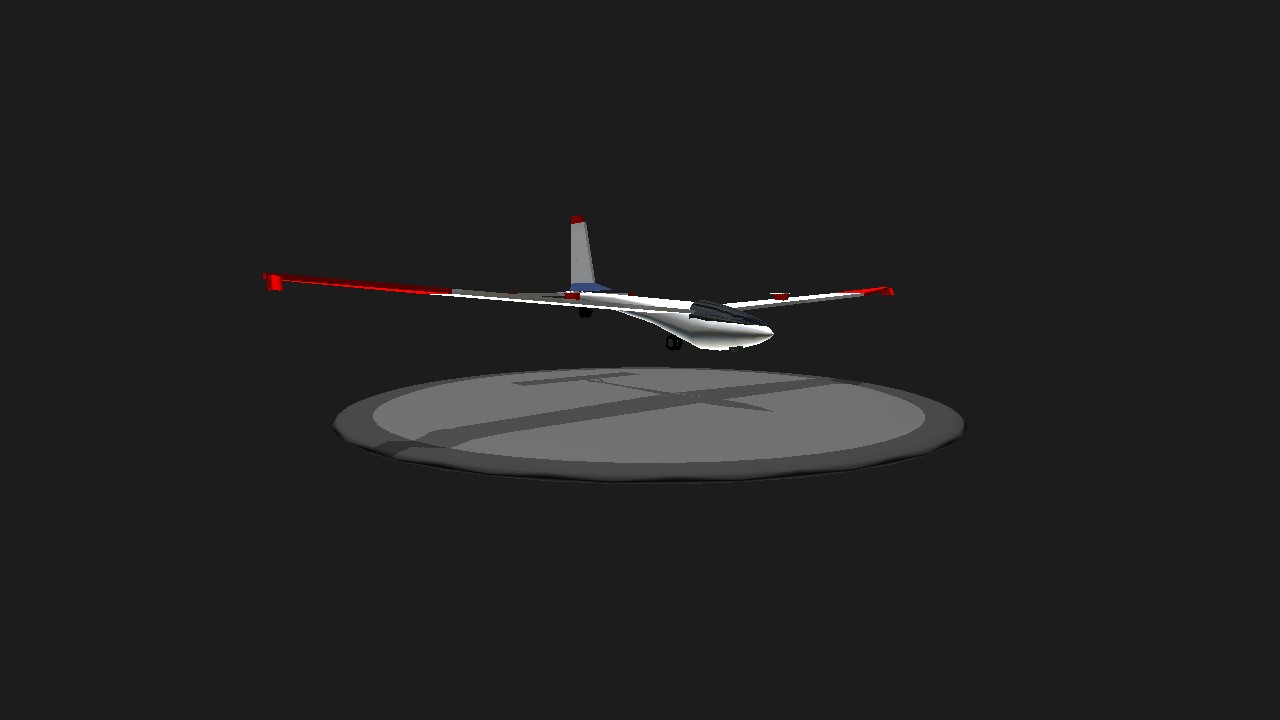
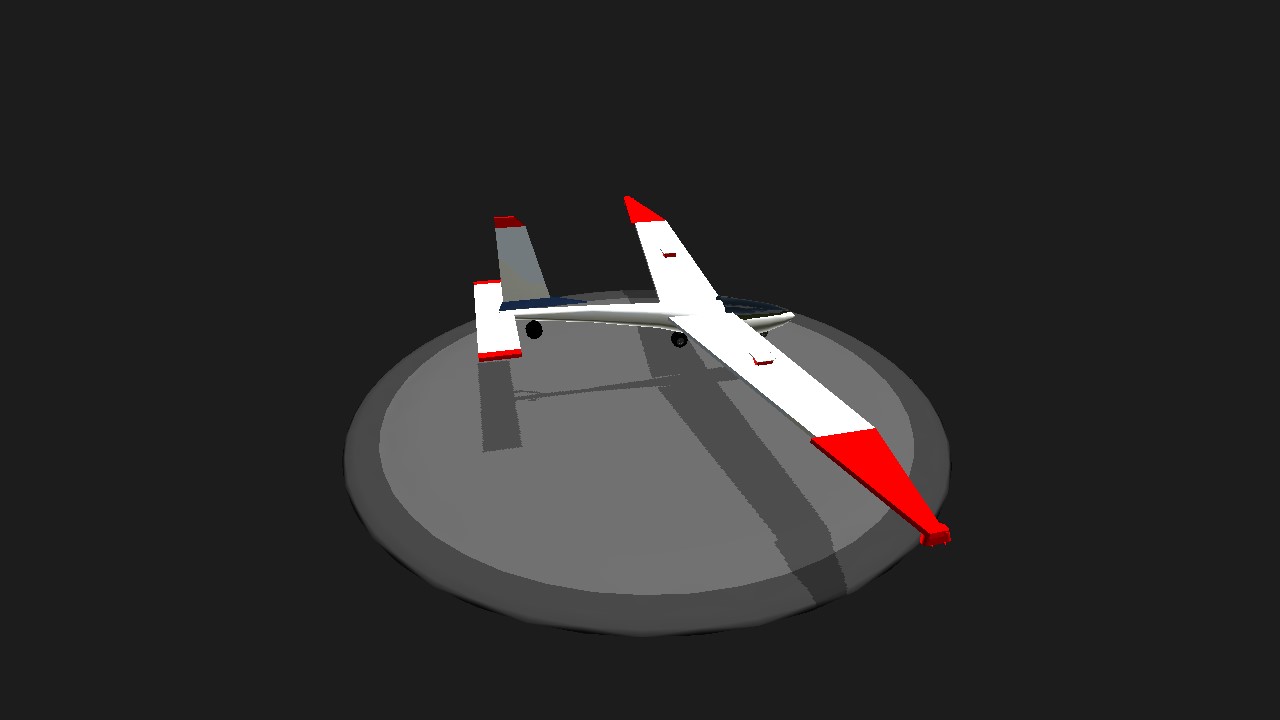
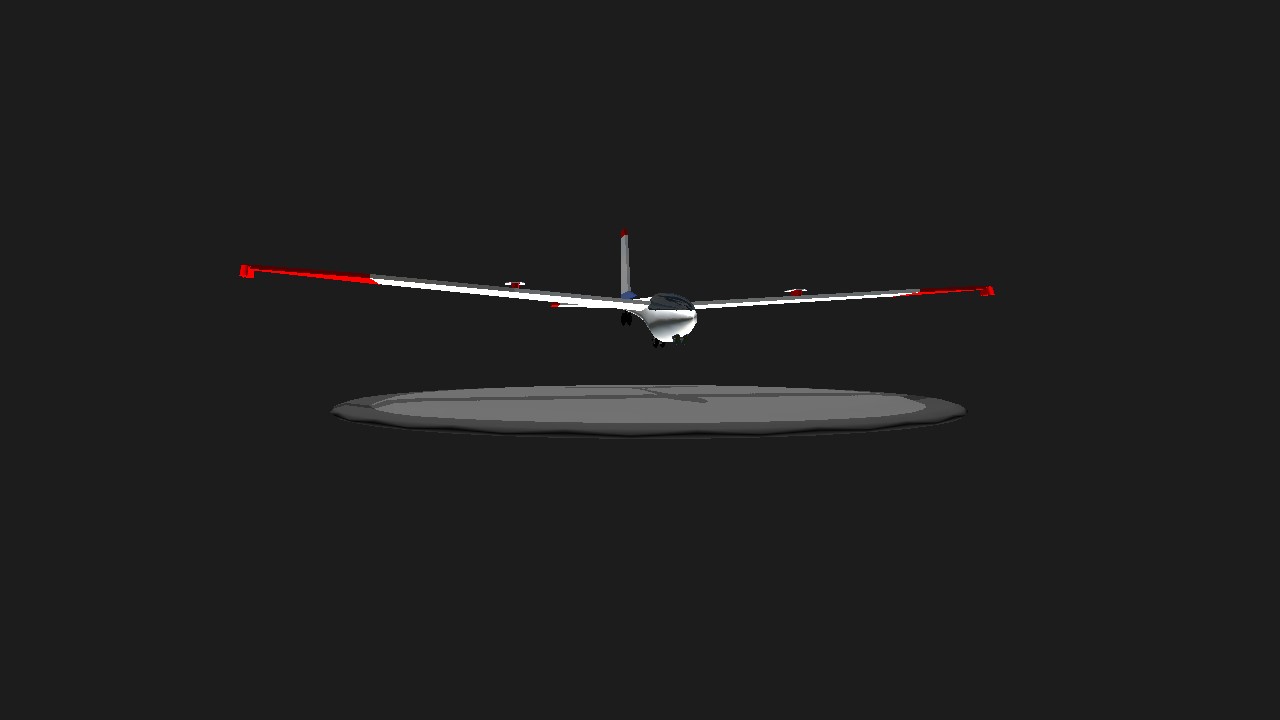
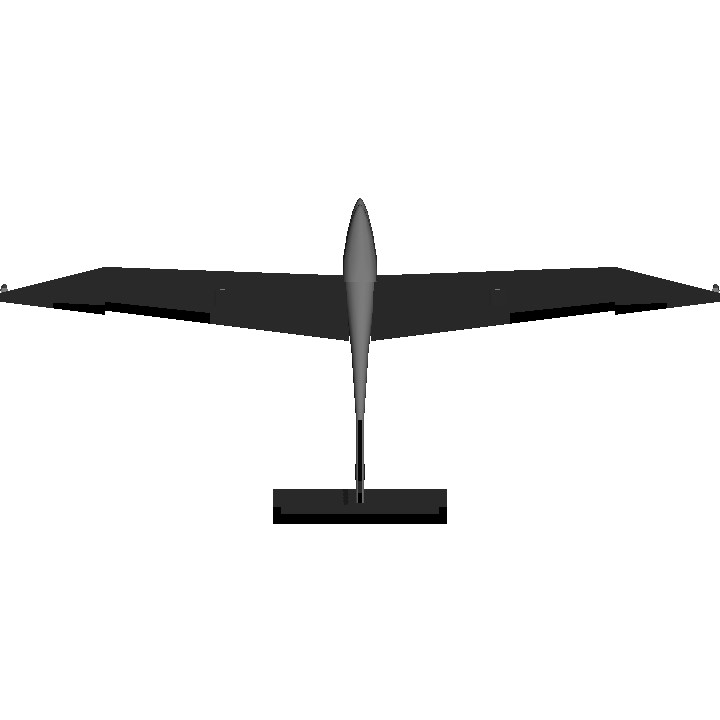
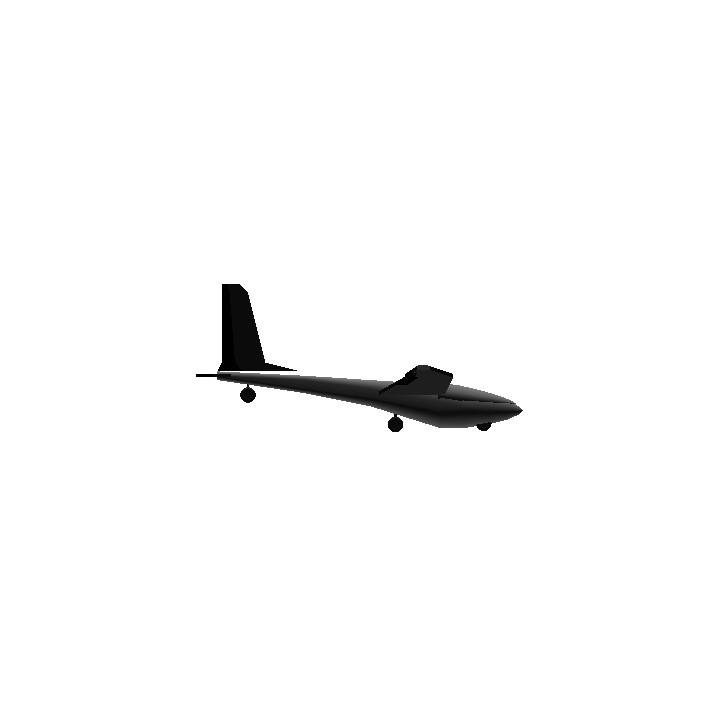
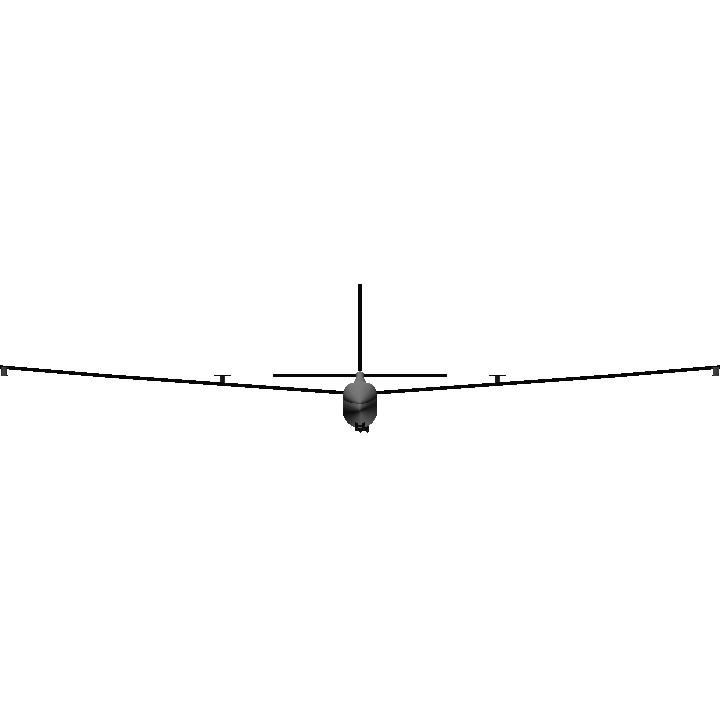
Development Edit
The PW-5 was designed for, and won a competition held by the International Gliding Commission for a simple, low cost sailplane that would form the basis for a new competition class, the IGC World Class. Unlike other soaring competition classes, the World Class designation would guarantee that all pilots participated on an equal footing, and that pilots could not gain advantage by spending large amounts of money. The PW-5 was unanimously chosen from 42 design proposals in IGC international World Class design competition. In November 1989, the IGC issued a worldwide call for proposals. By February 1990, it had received 84 requests for design specifications from 25 countries. By August 1990, the IGC had received 42 design proposals from 20 countries. In September 1990, after reviewing the proposals, many of which came with models, the IGC recommended that 11 designs from 9 countries proceed to the prototype competition. In October 1992, the IGC inspected and tested 6 prototypes from 5 countries at Oerlinghausen Germany. After further review and collecting manufacturing data, in spring 1993 the IGC declared the PW-5, designed by a faculty/student team at Warsaw University of Technology, the first World Class glider.
The glider was designed at the Faculty of Power and Aeronautical Engineering of the Warsaw University of Technology under the supervision of Roman Świtkiewicz. It was originally built by PZL at its factory in Świdnik and first flew in 1993. By the end of 2000 the new private company PZL-Bielsko1 was established by the original members of the design team from Warsaw University of Technology and the DWLKK company. A new factory at Bielsko produced a modified version of PW-5 glider called B1-PW-5.[1]
It did not sell as well as expected. In total fewer than 200 PW-5s have been built, though over 70 have been exported to the United States, where there is a keen following.
Design Edit
The structure is all glass-epoxy composite
The wings are of trapeze contour with bow-shaped ends, shoulder-set on the fuselage, having a monospar structure with sandwich shells
Schempp-Hirth-type air brakes extend on the upper wing surface only
Fuselage shell of glass-epoxy composite monocoque structure, stiffened with frames
Fabric covered rudder
Fixed undercarriage consisting of main wheel behind the pilot, with shock absorber and drum brake, a smaller front wheel and a tail skid with a diminutive wheel to prevent scraping on the ground if overrotati
PW-5
PW-5 Smyk
Purjekone PW-5 laskussa.jpg
Role World-class sailplane
National origin Poland
Manufacturer Politechnika Warszawska
First flight 1993
Number built ca. 200
The Politechnika Warszawska PW-5 Smyk (Polish: "Little rascal") is a single seater sailplane designed at the Warsaw University of Technology (Polish: "Politechnika Warszawska") and manufactured in Poland. It is a monotype World Class glider.
We'll get right to it: This week we ask you to help Wikipedia. We're sustained by donations averaging about $15. If we all gave $3, the fundraiser would be over in an hour.
SELECT AN AMOUNT
$3
Other
Contents
Development
Design
Variants
Specifications
References